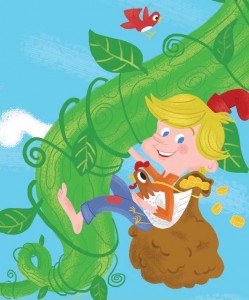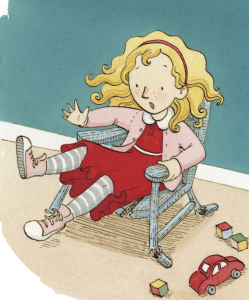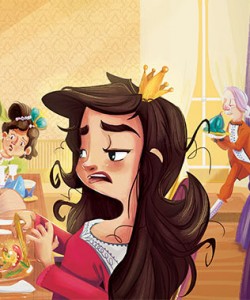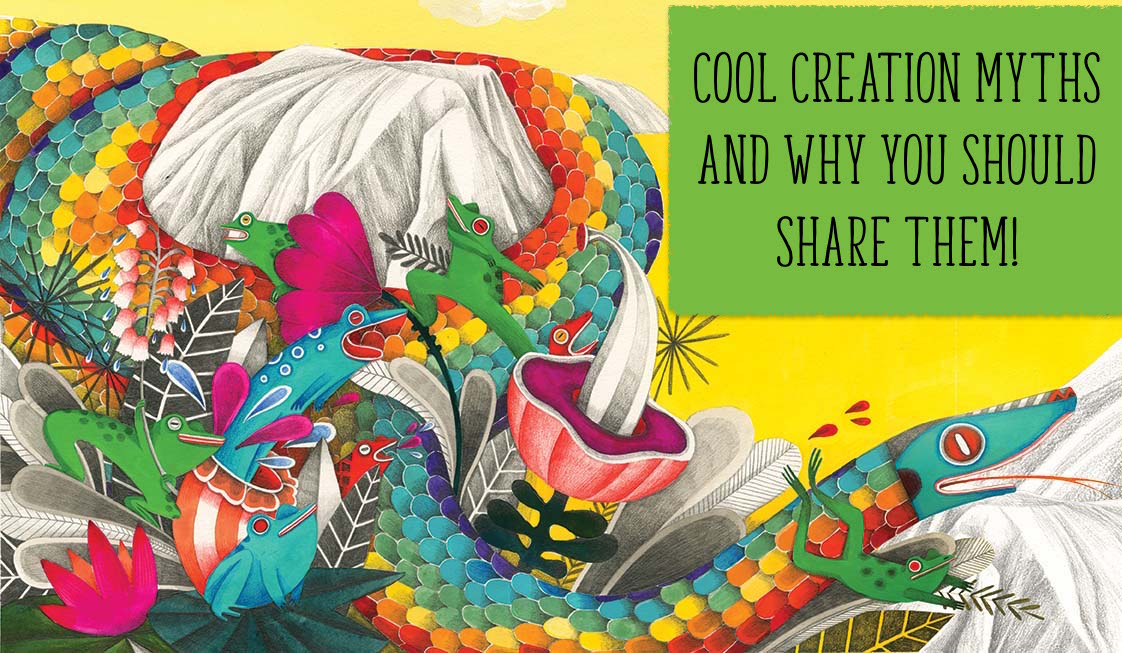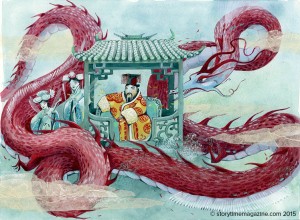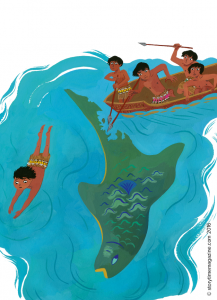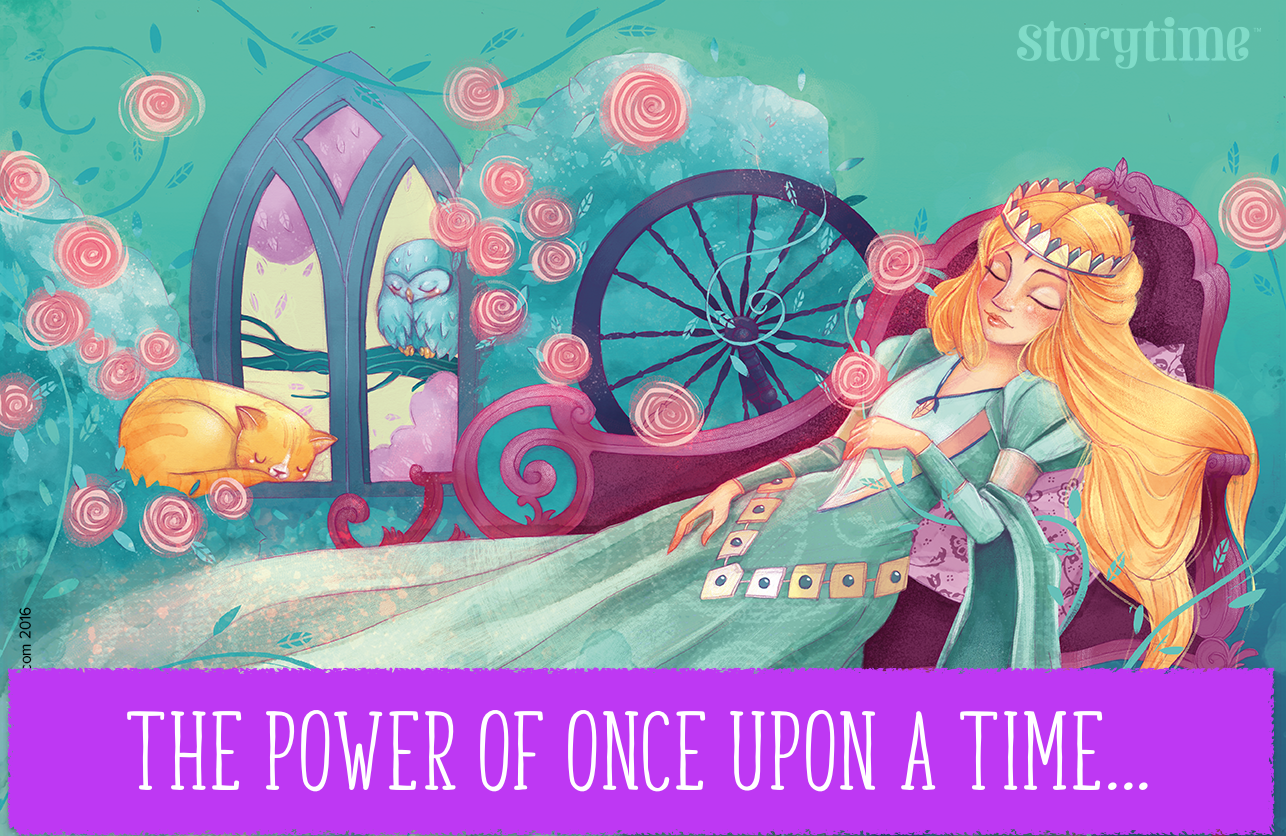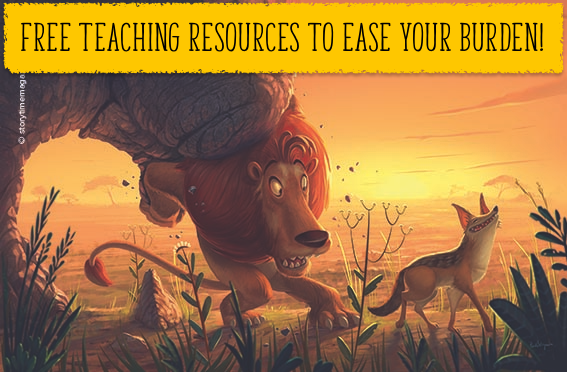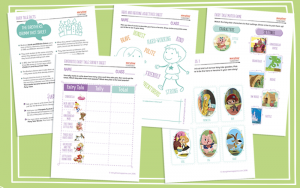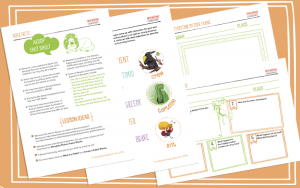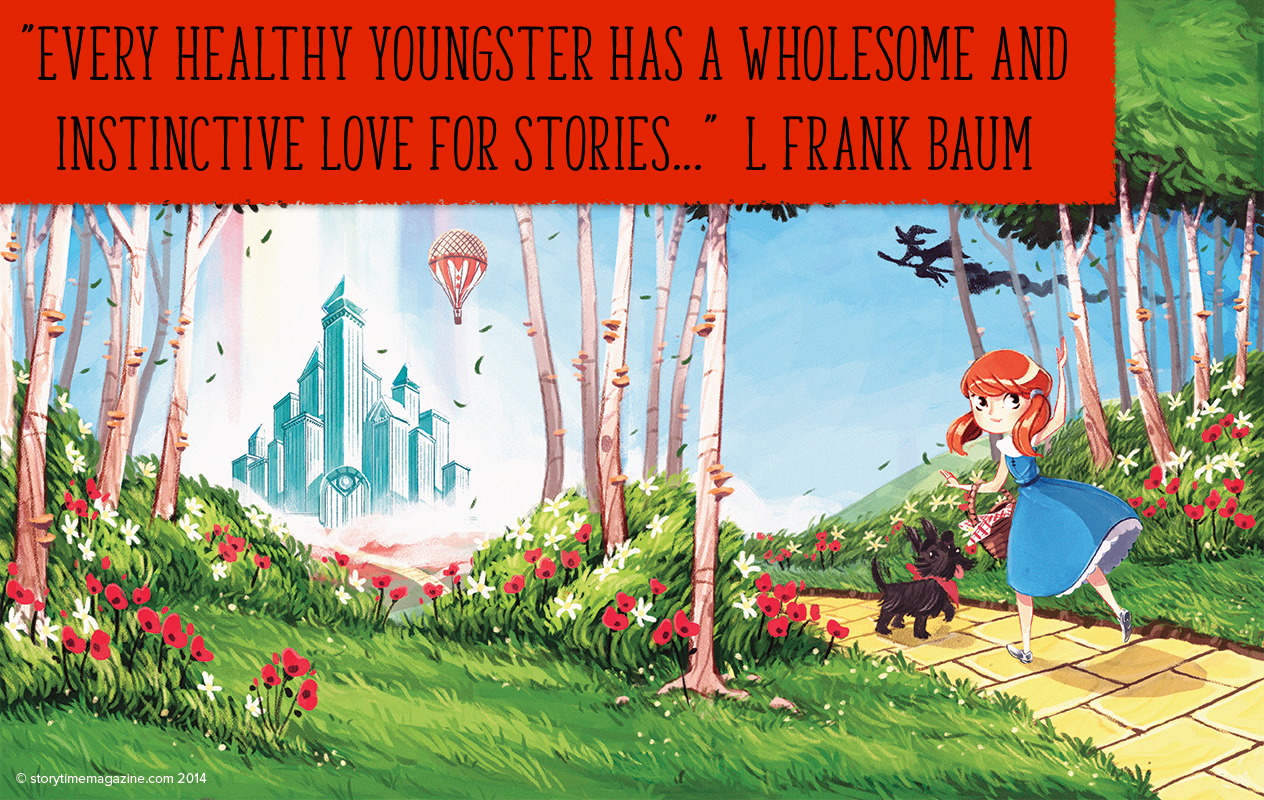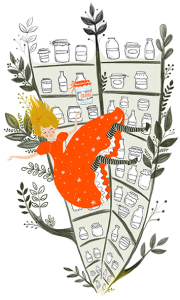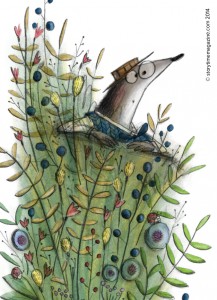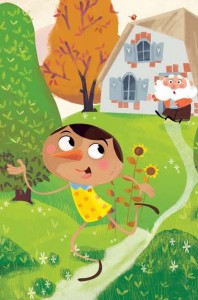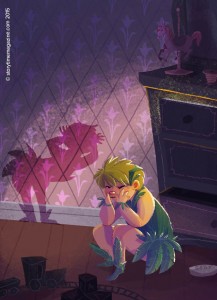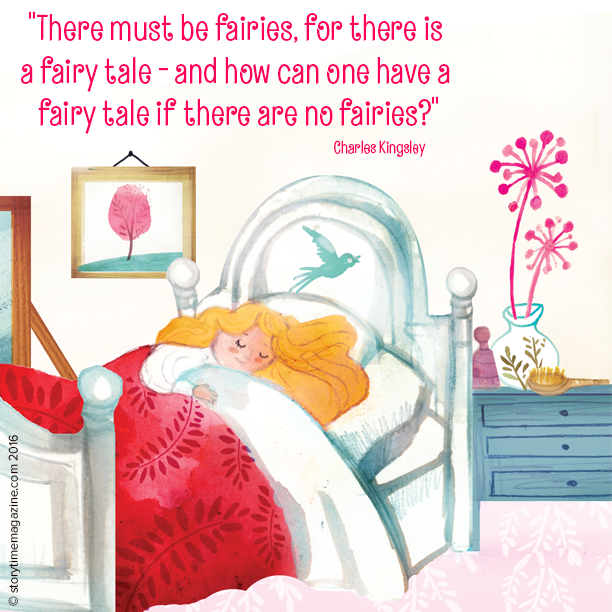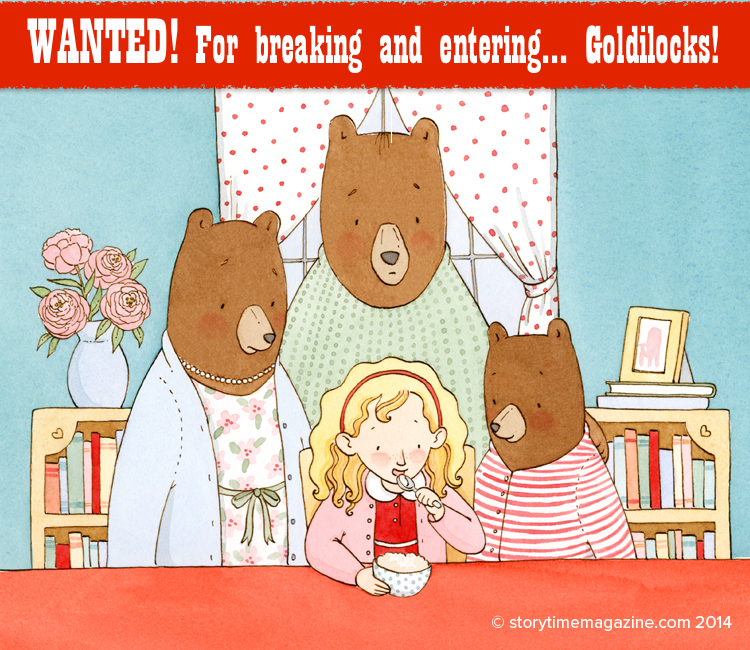 In Storytime, when we share favourite fairy tales (which we do in every issue), we try to deliver them in a way that will satisfy our reader expectations. By that, I mean that we honour the formula and stick with the versions that are known and loved. No twists or surprises, no rewriting the rule book, and no reverting to the gore and darkness of original versions.
In Storytime, when we share favourite fairy tales (which we do in every issue), we try to deliver them in a way that will satisfy our reader expectations. By that, I mean that we honour the formula and stick with the versions that are known and loved. No twists or surprises, no rewriting the rule book, and no reverting to the gore and darkness of original versions.
We’ve spoken to our readers about this and we know that they feel reassured and comforted by stories that are safe and familiar. Stories that they recognise from their childhoods, which they delight in passing on to their own children. There’s a lot to be said for the warmth and constancy a classic fairy tale can give – especially for young children who are encountering fairy tales for the first time. Everyone lives happily ever after.
Naughty or nice?
But don’t be fooled, not everything or everyone is perfect in Fairy-Tale Land. There is still darkness and peril, there are still wicked stepmothers and wolves, and some of our most popular fairy-tale characters – the fairy-tale rebels – display some quite questionable behaviour. This is something that interests me greatly because in storytelling sessions – whether at home or at school – they’re so often brushed over in the desire to deliver a classic story to an edge-of-the-seat audience. For me, the fairy-tale rebels are central characters who are widely considered to be the hero, but when you think about it a little more deeply, are actually just a bit, well… naughty!
Here are three fairy-tale rebels who, if they had been better behaved, might have given us some very boring stories:
Our Favourite Fairy-Tale Rebels
1. Jack the Thrill-Seeking Thief
Jack and the Beanstalk (in Storytime Issue 5) is an all-time favourite fairy tale and familiar to most early years or KS1 children. We all know the story, but what about Jack? In my mind, he’s a cross between Han Solo and Indiana Jones. He ignores his mum’s advice to gamble their cow for five beans. Risk-taker alert!
Then, he proceeds to raid a giant’s castle, not once, but three times, using the beanstalk as his getaway car. After grabbing the gold, did he really need to go back a second time? After bagging a hen that will offer a lifetime’s supply of golden eggs, did he need to go back a third time? Is Jack greedy or just a thrill-seeking adrenalin junkie? And does he get away with it? Yes, he does – with the exception of a mild telling off from his mum and foregoing supper. He doesn’t even endure a heroic battle at the end – a quick swoop of his axe brings the giant’s downfall.
Jack is a seriously interesting character and is, in fairy tales I think, the ultimate rebel hero. Some of this might be too advanced for younger children to grasp, but there’s certainly a lot to think about in terms of nice and naughty behaviour – and some interesting adjectives that could be used to describe him. For instance, is Jack brave? For more thought-provoking materials, lesson ideas and teaching resources for Jack and the Beanstalk, download our latest pack from our Storytime for Schools site.
2. Goldilocks the House-Breaking Prowler
When we were in the early stages of developing Storytime, we surveyed our potential readers and asked them which fairy tale they wanted to read first. Goldilocks was the hands-down winner. This alone fascinated me. In an age where the free-range kids movement caused an uproar and made headline news, everyone was still enthusiastic about reading a story which sees a little girl essentially break into a stranger’s home – all alone – and steal their breakfast. She stalks around their living room, destroys their furniture, climbs into their beds and runs away without even saying sorry.
Is the message in this story to allow innocent curiosity to unfold – something that kids have in spades and is so often quoshed by adults? Are we all vicariously acting out our naughtiness through Goldilocks? Or is it simply a mild cautionary tale? Because, let’s face it, there are no real consequences to Goldilocks’ break-and-enter behaviour. Unless you count waking up to find three bears looming over you. Are we supposed to think Goldilocks is naughty or nice? I think she’s somewhere between a trickster and a rebel – and ripe for discussion. What might have happened if she’d stayed and apologised?
3. The Promise-Breaking Princess
Not all fairy-tale princesses wait around for a dashing prince or fairy godmother to save them. Not all of them are even nice. The princess from The Frog Prince (coming in Storytime Issue 21) is a superlative example of that. She makes a promise to a frog, allows him to do her dirty work, then abandons him without fulfilling her side of the bargain.
She is selfish, dishonourable and deceitful. To make matters worse, after he hops all the way to the castle, she slams the door in his face. When she is eventually shamed into allowing him in by her father, she is rude, spoiled and stroppy. The only real consequence to her bad behaviour is that she is forced to spend time with the frog, which she agreed to in the first place. And, somehow, after all of this, the prince falls in love with her and they get married!
As fairy-tale princesses go, she’s a real rebel – the reprobate who gets away with it. I must admit that when working on this story, I couldn’t resist making the princess a little bit repentant – I just felt so sorry for the prince! If ever there was a princess who broke the mould though, and gave you lots to discuss in terms of good and bad behaviour, it’s this one.
Hopefully, this has given you some food for thought and has inspired you not to take some of our most famous fairy-tale characters at face value. Each of the characters above can be a great starting point for some really interesting and valuable discussion about right, wrong, good and bad. And what constitutes a hero in the first place.
Do you have a favourite fairy-tale rebel? Or, more precisely, a rebel in the guise of a hero? I’d love to know. Get in touch via Twitter or Facebook. I always love to hear your thoughts.
Rebels forever!
